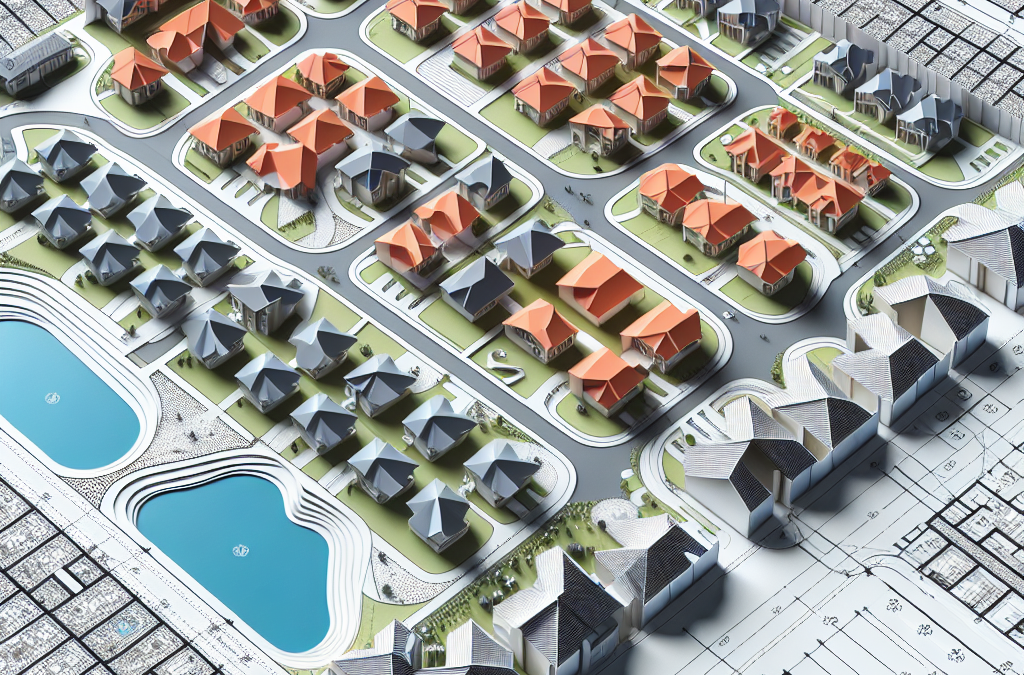Dissecting Valuation for Land in Residential Subdivisions
It’s Victor Menasce here, with a topic many find challenging – valuation of land in residential subdivisions, or specifically, how to correctly price it. This is rooted in understanding a residual land value analysis – a key part of our due diligence process.
Residual Land Value Analysis
Our process entails stepping into the shoes of the homebuilder and reverse engineering their cost structure. We start with the retail price of the new home construction and subtract the builder’s profit, construction costs, soft costs like permit fees and insurance, interest reserves, the builder’s general conditions. What’s left over constitutes the maximum price a builder can pay for the land and maintain a profitable business.
Land Development Cost Factors
We then consider the cost of developing the land. This involves the cost of shared infrastructure, servicing of each lot and the large cost of moving earth. The larger the lots, the higher the infrastructure cost – approximately $1400 per linear foot of roadway. If houses are on both sides of the street, cost reduces by half compared to when houses are on one side only. Cost considerations also factor in whether the sewer system is gravity fed or requires a lift station. And of course, the expense of elements like lampposts, fire hydrants, and manholes is factored in.
Detailed Calculations
Taking a practical example to illustrate this, let’s assume a new home buyer pays $450,000 for an 1800 sq ft home. Working up a detailed analysis from this price, we get to the maximum price the home builder can pay for the land – $121,000. If we continue the analysis, factoring in infrastructure costs, we get to a figure of $46,000 as the maximum payable for the land, assuming we aim for a profit of $30,000 per lot.
Market Factors
It’s also essential to scrutinize market conditions, supply and demand, and adjust our calculations accordingly. There’s no holistic ‘rule of thumb’ to peg land costs at a percentage of the finished home price – this varies substantially from market to market. Sophisticated home builders can afford to pay more for the land as their construction costs are typically lower. There’s also an increasing prevalence of more expensive energy codes, heating and air conditioning systems, windows and insulation, long term costs which can increase the price of a home by 15 to 20 percent.
The Proclivities of a Homebuilder
Though major builders are equipped to undertake land development, preferably they avoid it due to its time-consuming nature and the capital tie-up that it engenders. Their financial model is oriented towards capital turnover as quickly as possible, which is why they prefer shovel-ready lots. But their past experiences enable them to pay a fair price for land, trading off against time savings.
Concluding thoughts
The intricacies of land development for residential subdivisions are many, and varied. Pricing is an art that necessitates a thorough understanding of comparative costs, market conditions, and a sharp sense of diligence. But with careful analysis and a keen eye for the small details, it’s possible to secure a profitable future for the homebuilder and the land developer alike. As you venture into real estate, carry forth these insights and, in the process, make great things happen.



